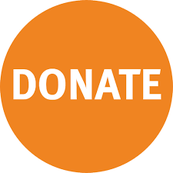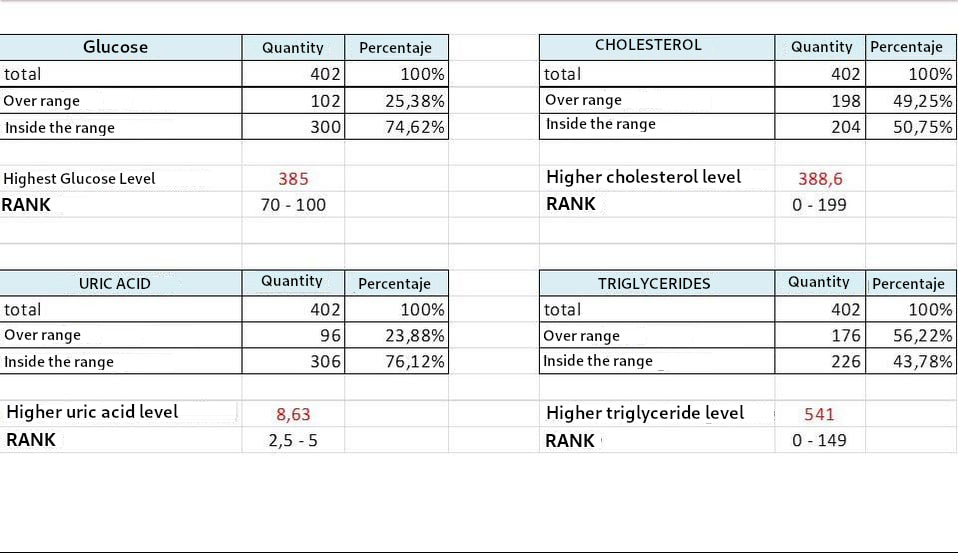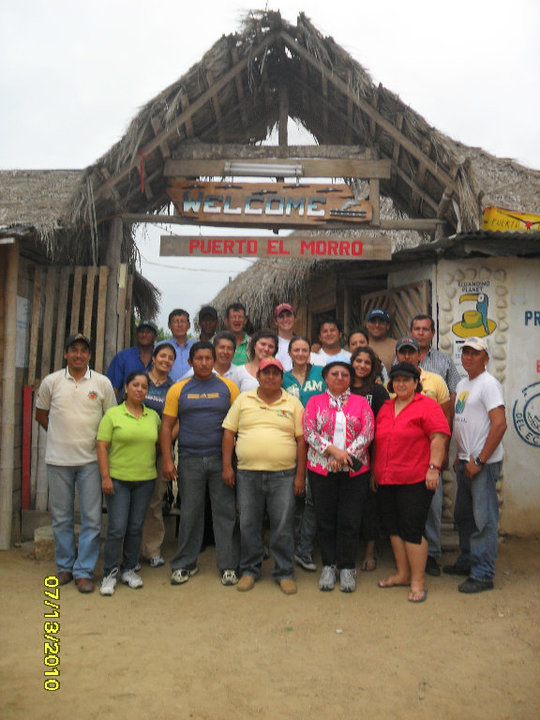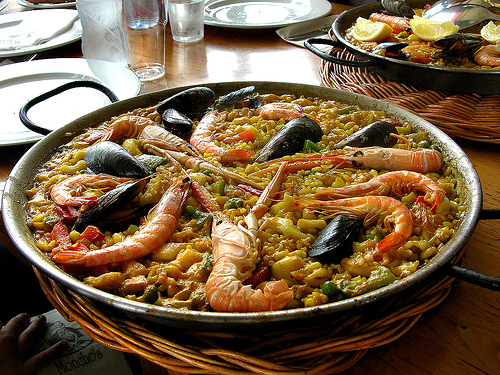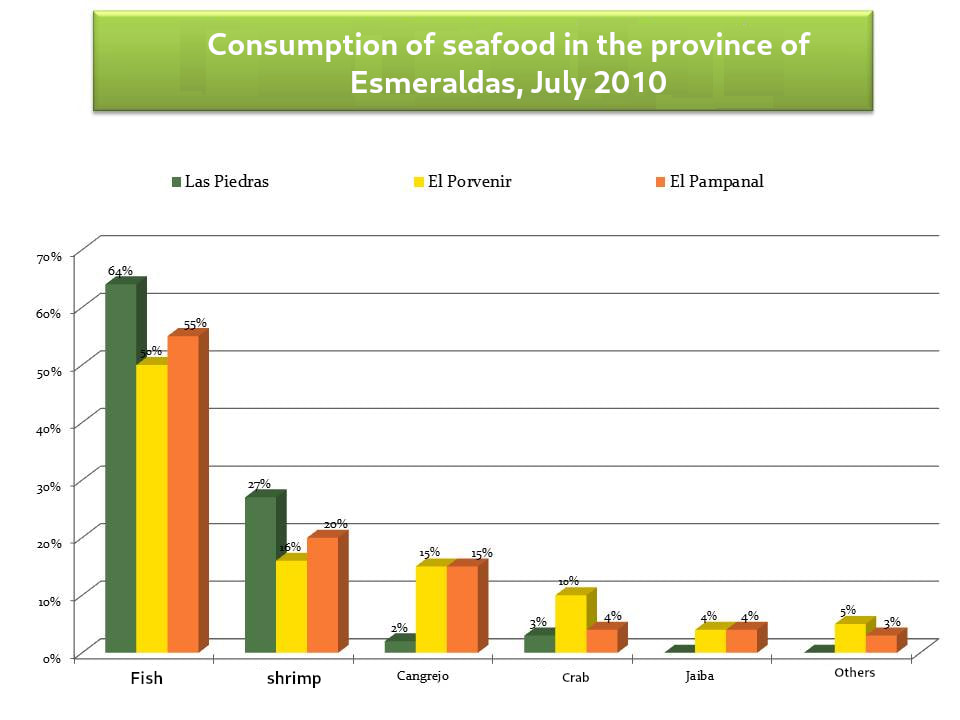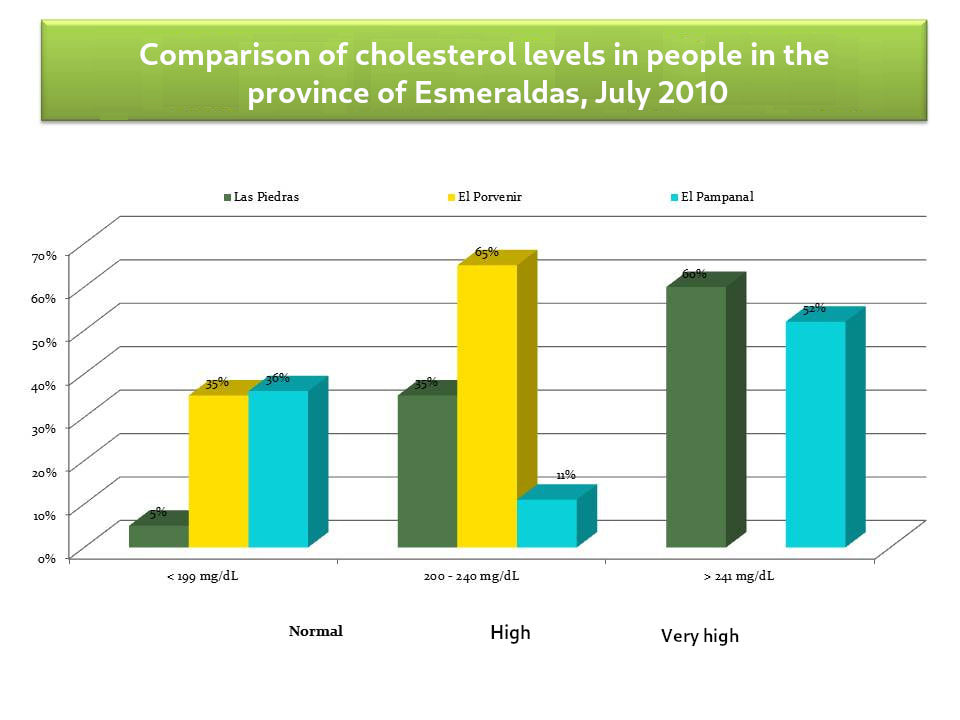PROJECT "YOU ARE WHAT YOU EAT / SOMOS LO QUE COMEMOS"
In order to understand the relationship between the state of the Health of Marine Ecosystems and Human Health, this type of project is necessary, so in 2010 FUCOBI started this pilot project with the purpose of understanding the nutritional habits of those close to it. to mangroves through the measurement of hematological and chemical parameters, the levels of heavy metals and POPs in human blood, in order to analyze the association between the load of pollutants in fish, shrimp, shells and the health condition of coastal ecuadorian.
